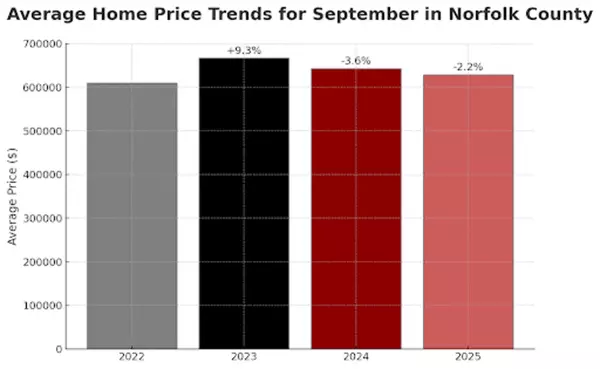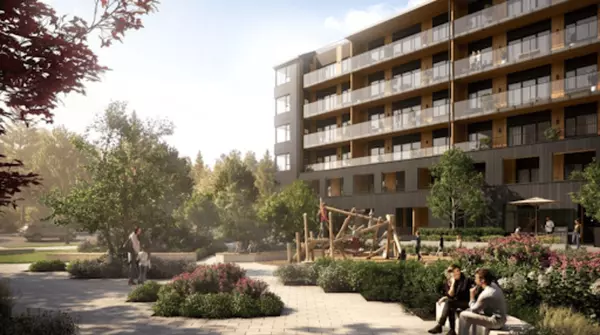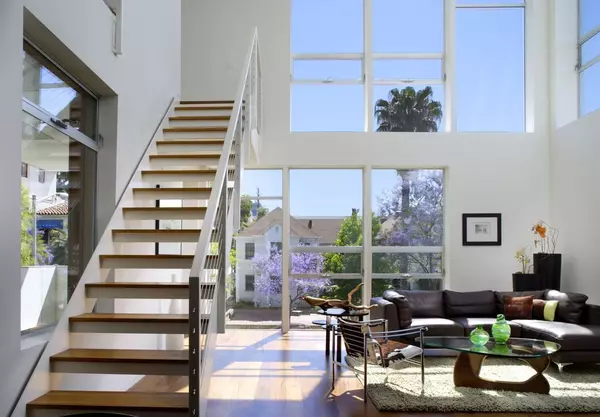How Much Can Landlords Increase Rent? Canada’s 2025 Rent Control by Province
Rent control policies are a critical variable in any rental property investment strategy. While Canada lacks a national framework, each province and territory sets its own rules, ranging from strict annual caps to looser systems with fewer restrictions on rent increases, although all markets maintain some basic protections. These differences shape investor returns, affect how costs can be recovered, and determine the long-term viability of certain asset classes.
In 2025, rent increases across Canada reflect varied policies aimed at balancing affordability for tenants with financial viability for landlords. As costs rise, from property taxes to energy bills, governments adjust to continue to offer predictability, fairness, and recourse for all parties involved.
Ontario
Ontario’s Residential Tenancies Act sets a rent increase guideline of 2.5% for 2025, applying to most units first occupied before November 15, 2018. This guideline is designed to align with inflation, offering predictability for tenants in over 1.4 million rental homes.
Landlords can only raise rent once per year, and must give at least 90 days’ notice using the official Form N1. If they use the wrong form or give insufficient notice, the increase can be ruled invalid, and tenants can challenge it through the Landlord and Tenant Board.
Landlords may also apply for an above-guideline increase (AGI) to recover costs from major building upgrades—such as roofing or energy-efficiency retrofits—subject to board approval and tenant input. Units first rented after November 15, 2018, are exempt from rent control, meaning landlords can raise rents to market rates, although they must still follow the timing and notice rules.
British Columbia
British Columbia links rent increases to the Consumer Price Index, with a 3.0% cap for 2025. This ensures that rent changes reflect economic conditions while protecting tenants from sharp jumps.
Landlords can raise rent once a year with three full months’ written notice, using Form RTB-7. The cap applies even if rent includes bundled utility or service charges. For increases beyond the cap—such as those needed for major repairs—landlords must either obtain tenant consent or apply to the Residential Tenancy Branch.
BC’s system aims to balance economic realities with fairness, offering tenants access to dispute resolution under the Residential Tenancy Act.
Quebec
Quebec does not impose a fixed rent cap. Instead, the Tribunal administratif du logement uses a formula that considers inflation, property taxes, insurance, and maintenance costs to determine reasonable increases each year.
Landlords must provide three to six months’ notice before lease renewal. While this model offers flexibility, tenants have the right to challenge proposed increases through the tribunal, ensuring independent oversight and fairness.
Prairies and Northern Territories
In Alberta, Saskatchewan, and Newfoundland and Labrador, as well as the Northwest Territories and Nunavut, there are no rent caps. Instead, these provinces focus on timing: landlords may only raise rent once every 12 months, with required notice periods—30 days in Saskatchewan, 90 days in Alberta and Newfoundland, and similar timelines in the North.
The Yukon takes a hybrid approach; landlords may raise rent by the greater of 2% or the inflation rate, up to a maximum of 5%, with 90 days’ notice. These rules aim to preserve market flexibility while preventing sudden rent shocks.
Atlantic Canada
Policies vary across the Atlantic provinces. In Prince Edward Island, the 2025 rent cap is 2.3%, but landlords can apply for an additional 3% increase for major upgrades, with approval from the Island Regulatory and Appeals Commission.
New Brunswick has a 3% cap, while Nova Scotia allows increases of up to 5%, both requiring advance notice. Newfoundland & Labrador does not cap rent increases, but limits landlords to one per year with 90 days’ notice.
Varying Approaches to Rent Control
While all provinces aim to strike a balance between tenant protection and landlord viability, they take notably different paths to get there.
Ontario and British Columbia use inflation-linked rent caps to create predictability, paired with strict notice and documentation requirements. This approach limits volatility and provides clear annual guidelines for both tenants and landlords, though it may constrain revenue growth for investors holding stabilized assets.
Quebec takes a more discretionary route, using a tribunal-based system that reviews the reasonableness of increases based on local cost factors like taxes, insurance, and maintenance. Rather than applying a blanket cap, it allows for more situational flexibility, but also introduces regulatory complexity and potential delays.
The Prairie provinces and northern territories prioritize market freedom, generally avoiding fixed caps in favour of regulating the timing of increases. Landlords can raise rents once per year, provided they meet notice requirements. This model gives owners more pricing power, but still imposes guardrails against sudden spikes.
Atlantic provinces tend to mix moderate caps with oversight. Some provinces set annual percentage limits, while others allow landlords to apply for additional increases subject to review. This hybrid approach aims to protect tenants from excessive hikes while recognizing the need for reinvestment in aging housing stock.
Each framework reflects local market dynamics, political priorities, and supply constraints, making it critical for investors to assess rent control risk at the provincial level, not just the national one.
Implications of These Rules
Across Canada, rent policies are designed to balance tenant protection with landlord sustainability. For tenants, these systems offer predictability and formal appeal channels. For landlords, they clarify what’s allowed and how to stay compliant. Caps tied to inflation help prevent steep rent hikes, while pathways like AGIs allow landlords to recover legitimate costs.
Even in provinces without rent caps, minimum notice periods offer tenants financial predictability. Jurisdictions that allow above-cap increases require clear financial justification and regulatory review, maintaining transparency and accountability.
Recent Posts









